How much do you know about your gut microbiota? The not-so-little beneficial colony living in our gastrointestinal tract has been a big topic of interest the past couple of decades and with good reason. Our microbiome consists of trillions of species of different microorganisms and is established during birth and early neonatal stages of life. Microbial colonization occurs during vaginal delivery, with exposure to vaginal and fecal microbiota, then during skin-to-skin contact, and finally through breastfeeding.
Its importance for the body lies in the stimulation of the immune system, breaking down food compounds, and synthesizing essential nutrients including B and K vitamins. The rudimentary interaction between the microbiota and immune system homeostasis is based on protecting the body from harmful or pathogenic organisms that may enter the body through contaminated water or food. During digestion, different species break down complex compounds such as starches and indigestible fibres, therefore, creating sugars and short-chain fatty acids (SCFAs), respectively.
This system is so fascinating and yet we only know the tip of the iceberg. Each microbiome is unique to the individual as factors such as birth (vaginal or c-section, hospital birth or home), environment, diet, illnesses, and medications can affect the microbiome so much. This leads to the question: if it’s so diverse, what can we do to make sure it’s healthy? Well, the answer isn’t so straightforward either, however, there are ways to support it. Probiotics are live beneficial bacteria that can be found in food items such as yogurt and other fermented foods such as kefir, sauerkraut, and kimchi. They can also be found as a supplemental pill. There are also prebiotics, which are a type of soluble fibre that act as fuel to the microbiome.
In comes our glorious mushrooms. As we know, the most researched mushrooms, such as Ganoderma lucidium (reishi) and Hericium erinaceus (lion’s mane), contain beta-d-glucan polysaccharides, which have the ability to regulate the gut microbiota. They are able to increase certain beneficial species and reduce opportunistic or pathogenic species. As mentioned above, certain species of the gut microbiome can break down and ferment the polysaccharides into SCFAs. This in turn decreases the pH and allows for only certain species to survive. Some species are also able to obtain carbon sources and energy during the polysaccharide break down, resulting in their survival and making them the dominant species.
Now that we know a bit more about our tiny but important friends, we can remember to mix in those probiotic and prebiotic foods to make sure that our digestive health stays supported.
Disclaimer: while herbs and plants are readily available to consume, please consult with your Naturopathic physician, Medical doctor, or licenced herbalist before taking any of the mentioned herbs medicinally as there can be interactions with medications as well as contraindications that may result in harm.
By Angeli Santos -- BA Psyc and 4th Year Student of Naturopathic Medicine, CCNM-Boucher
References

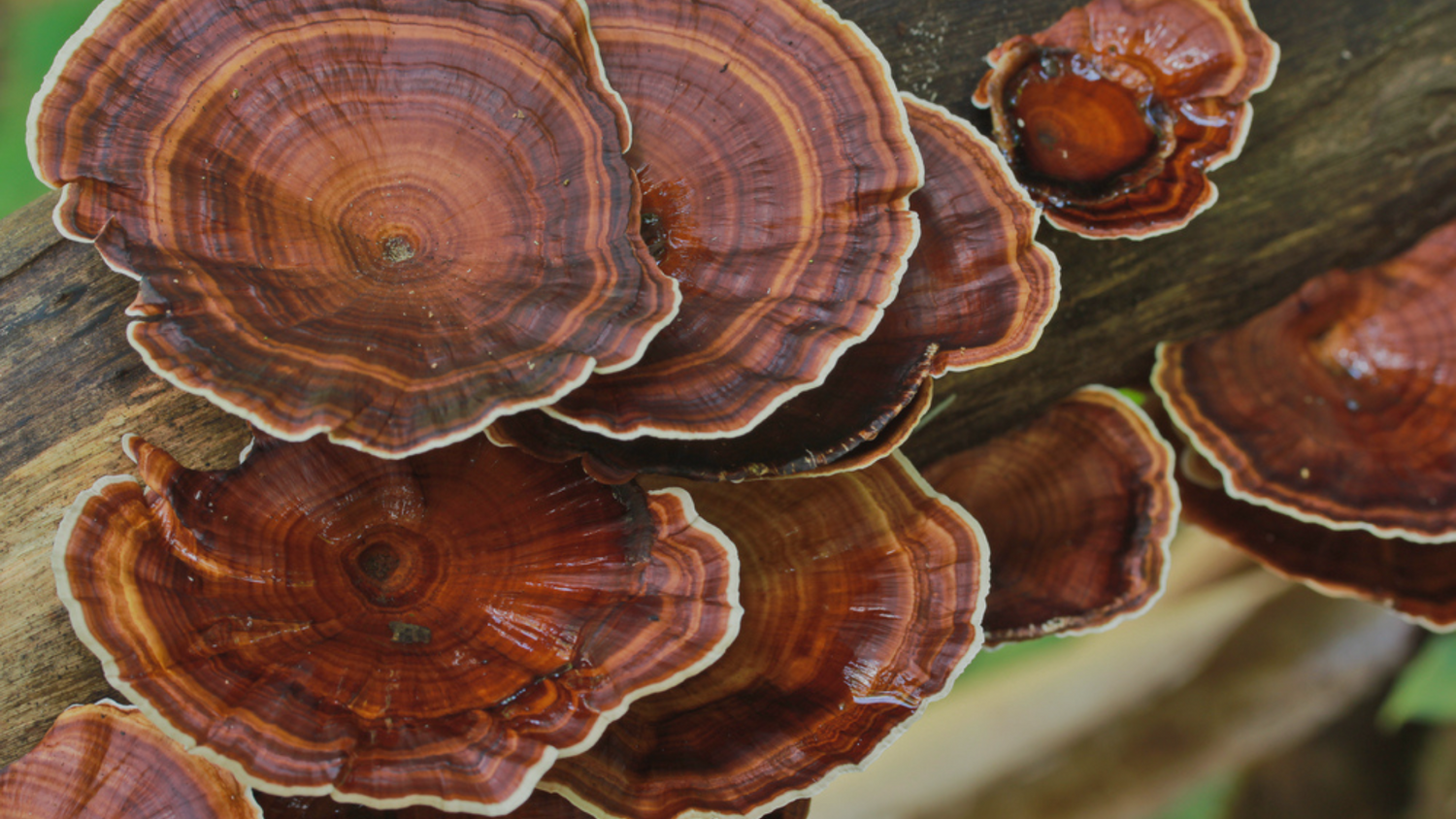
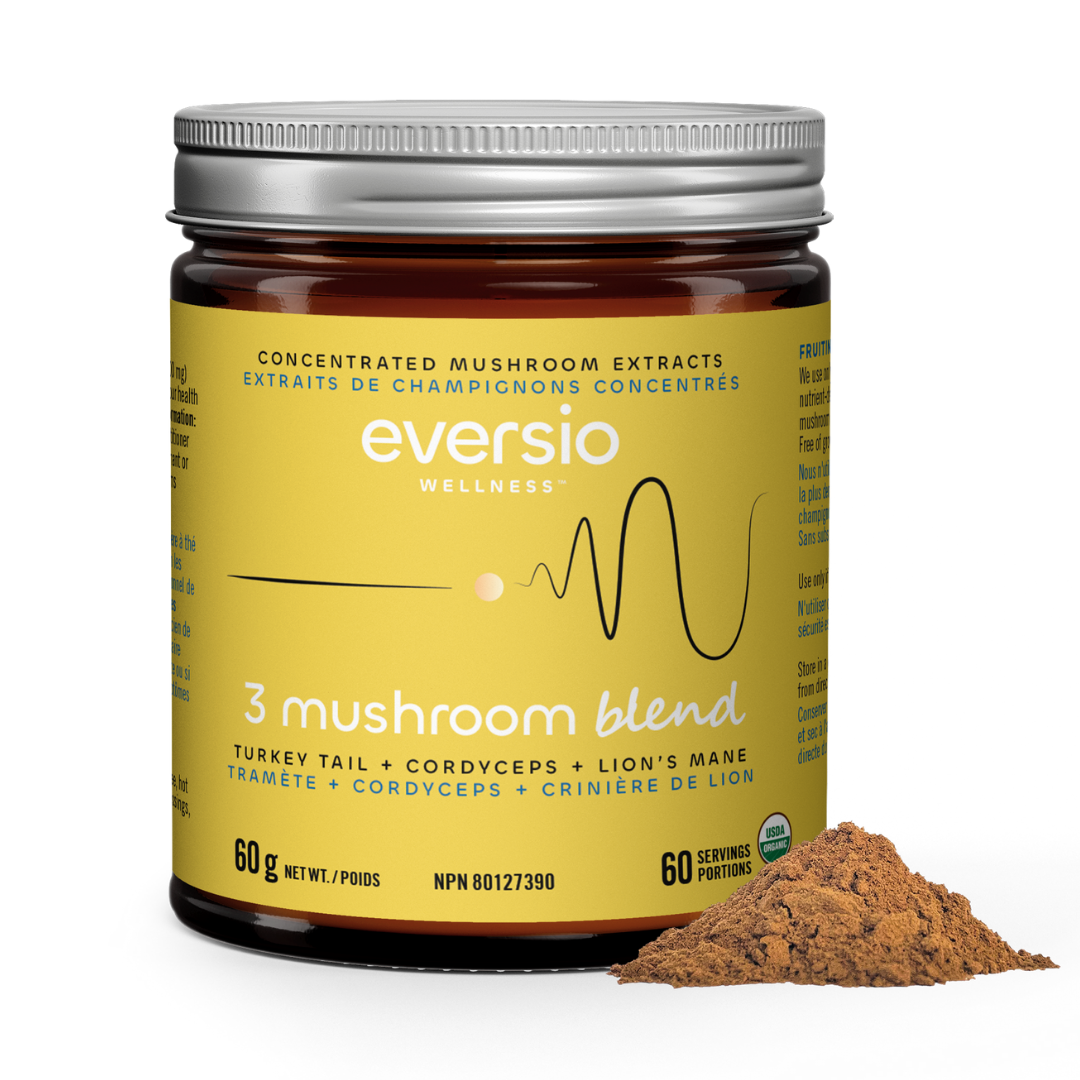
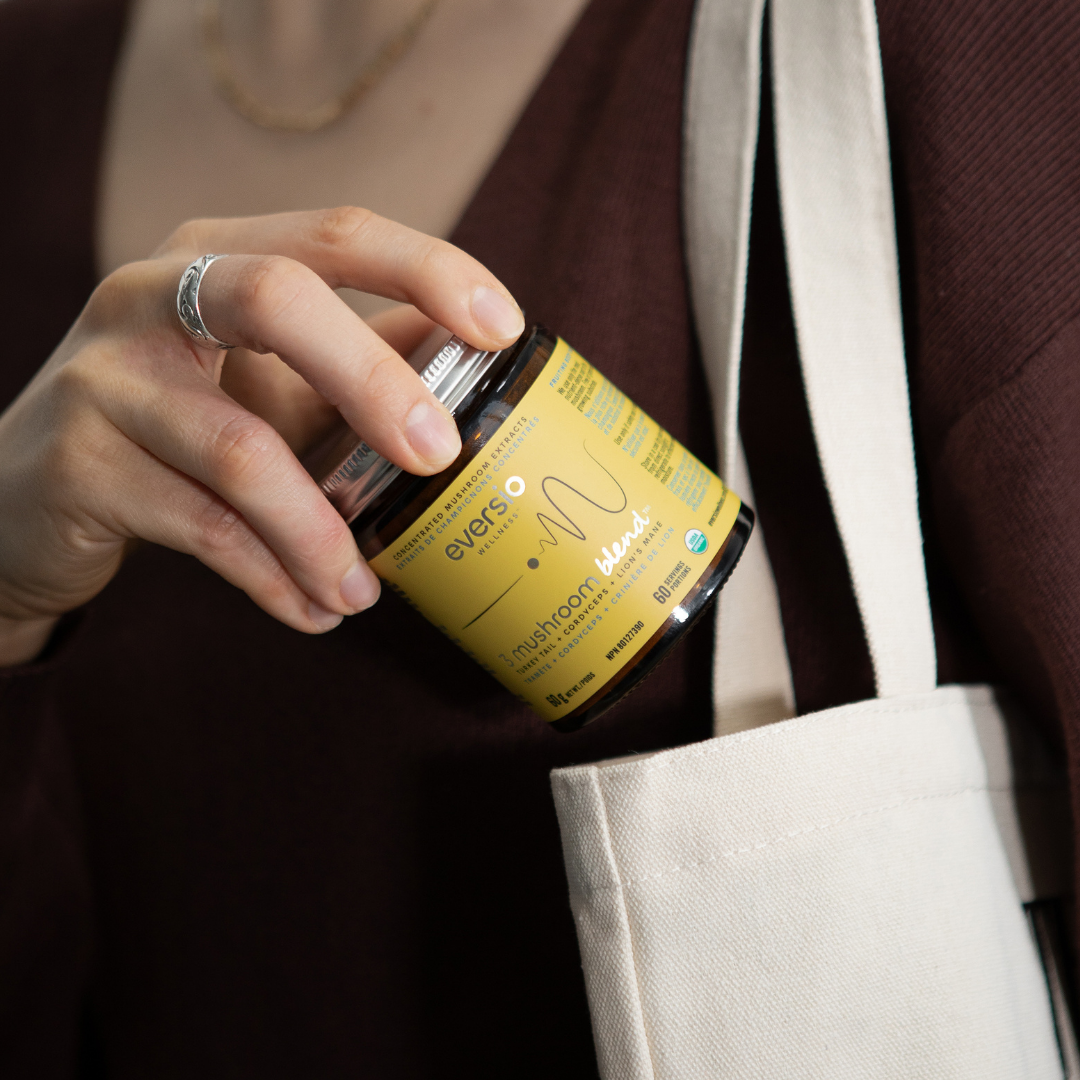
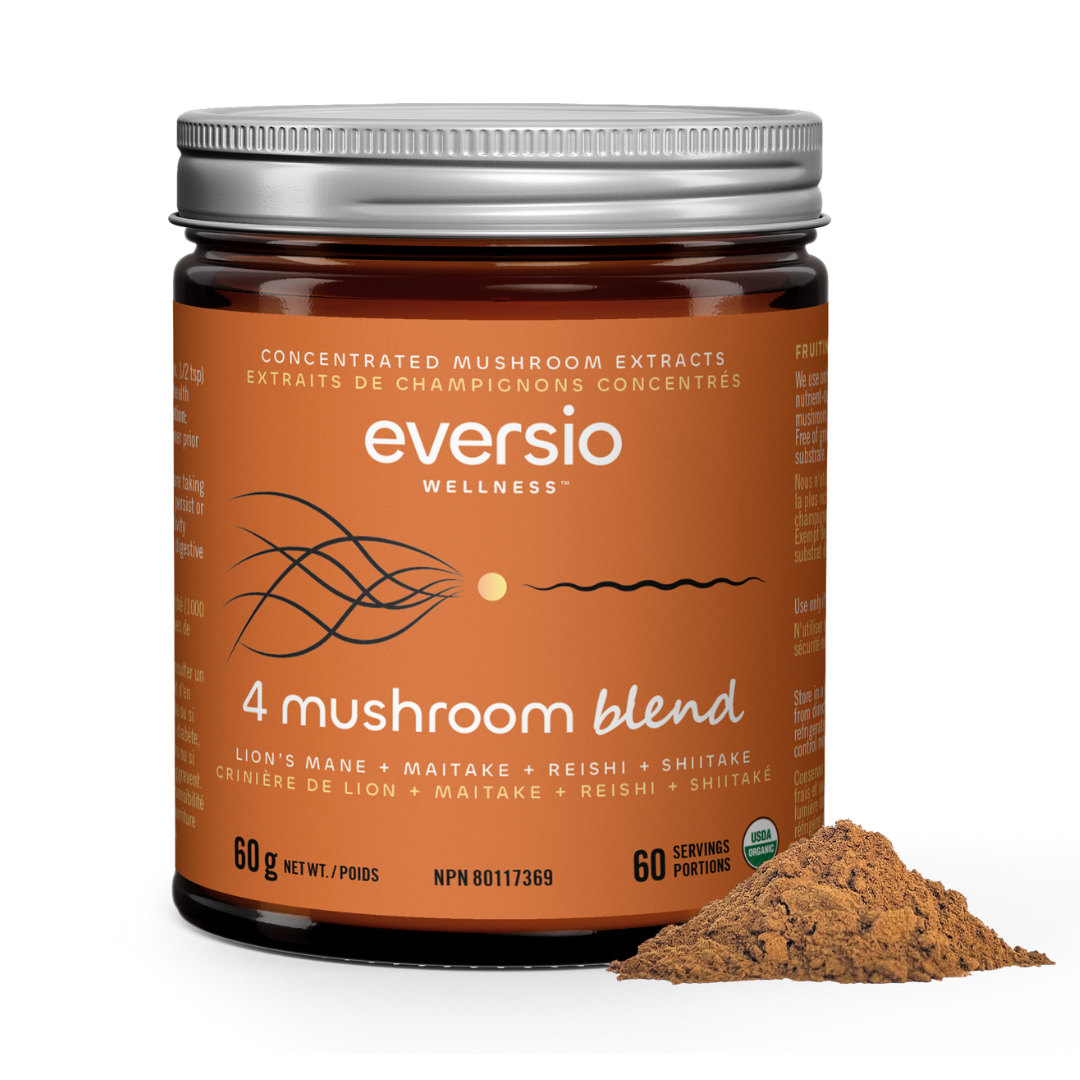
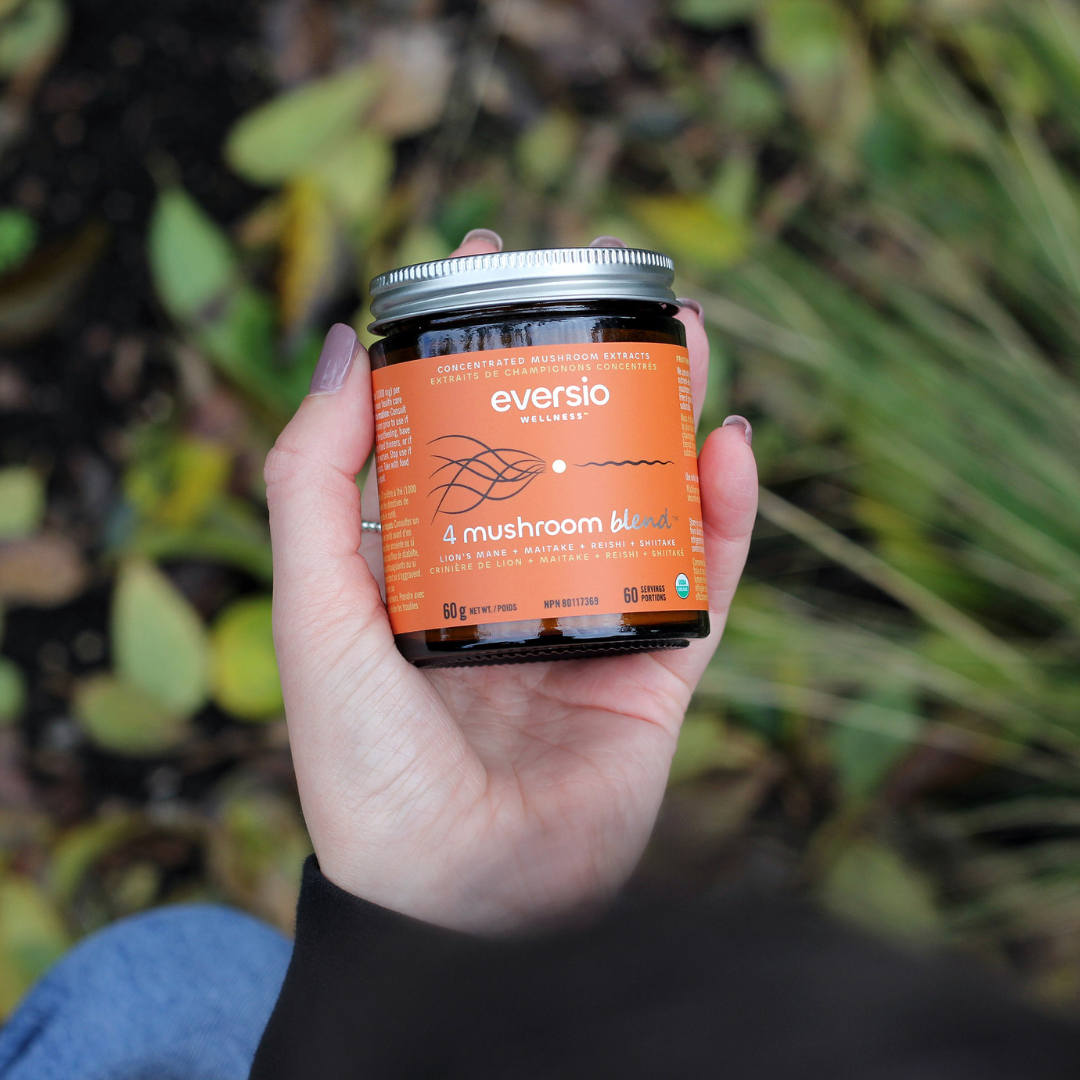
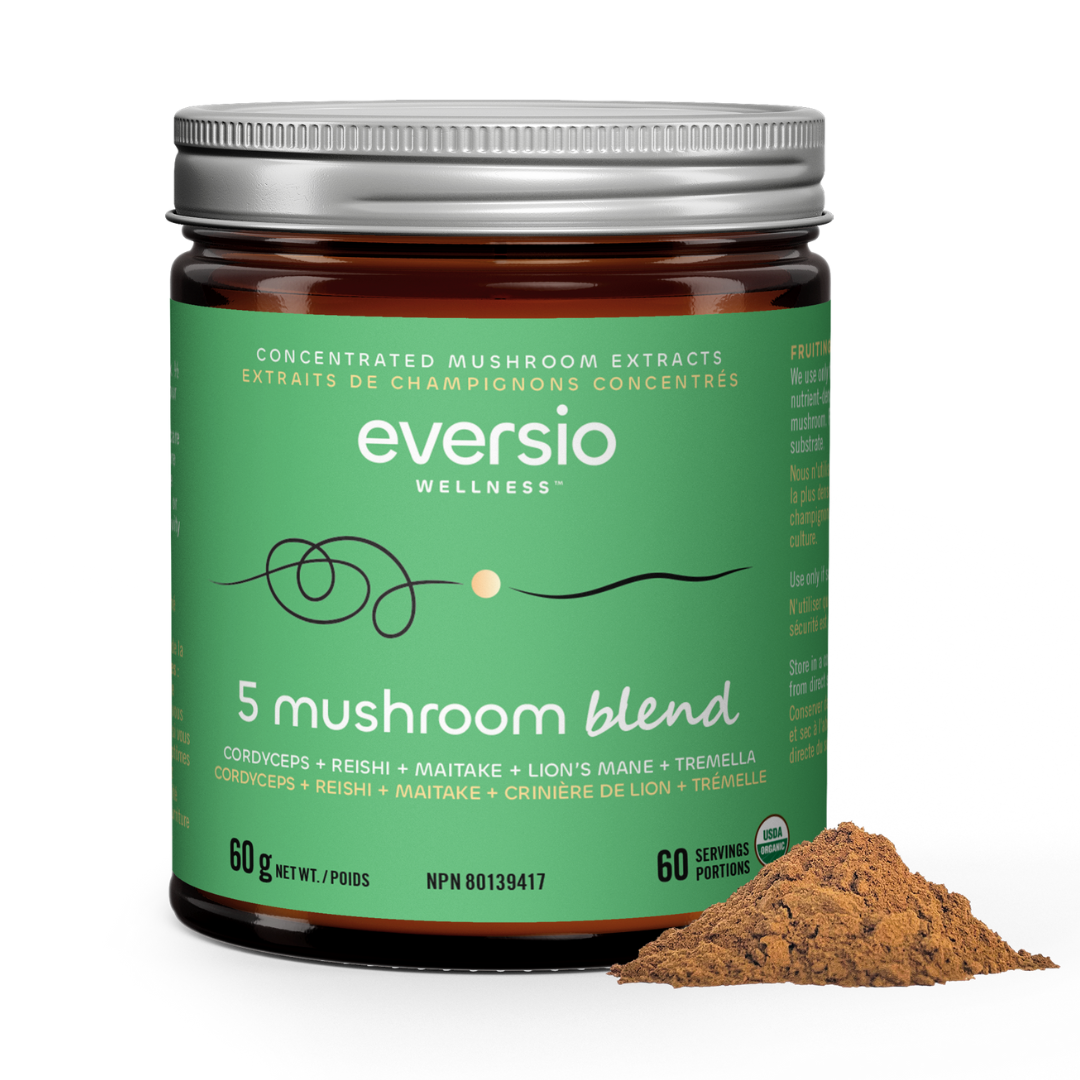
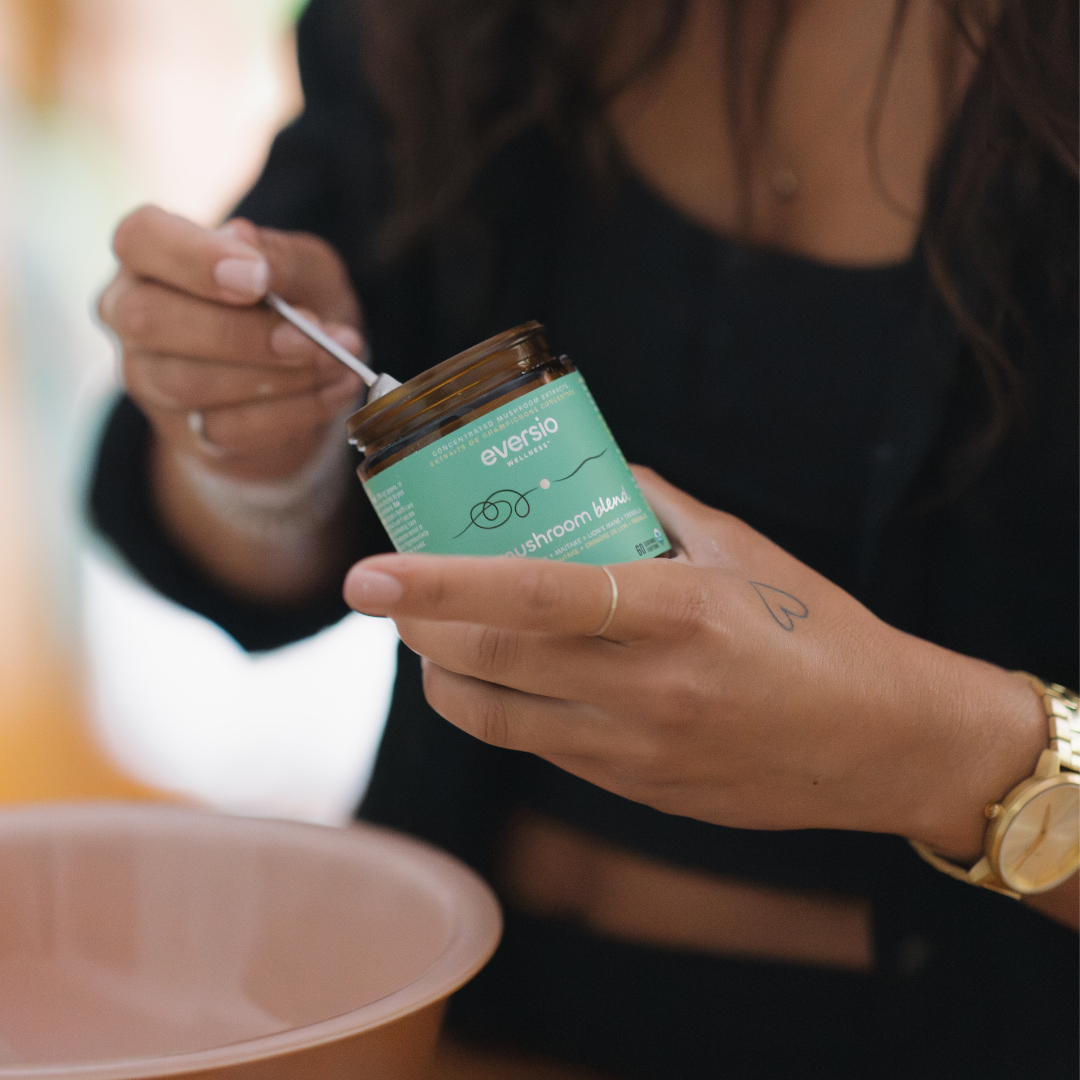
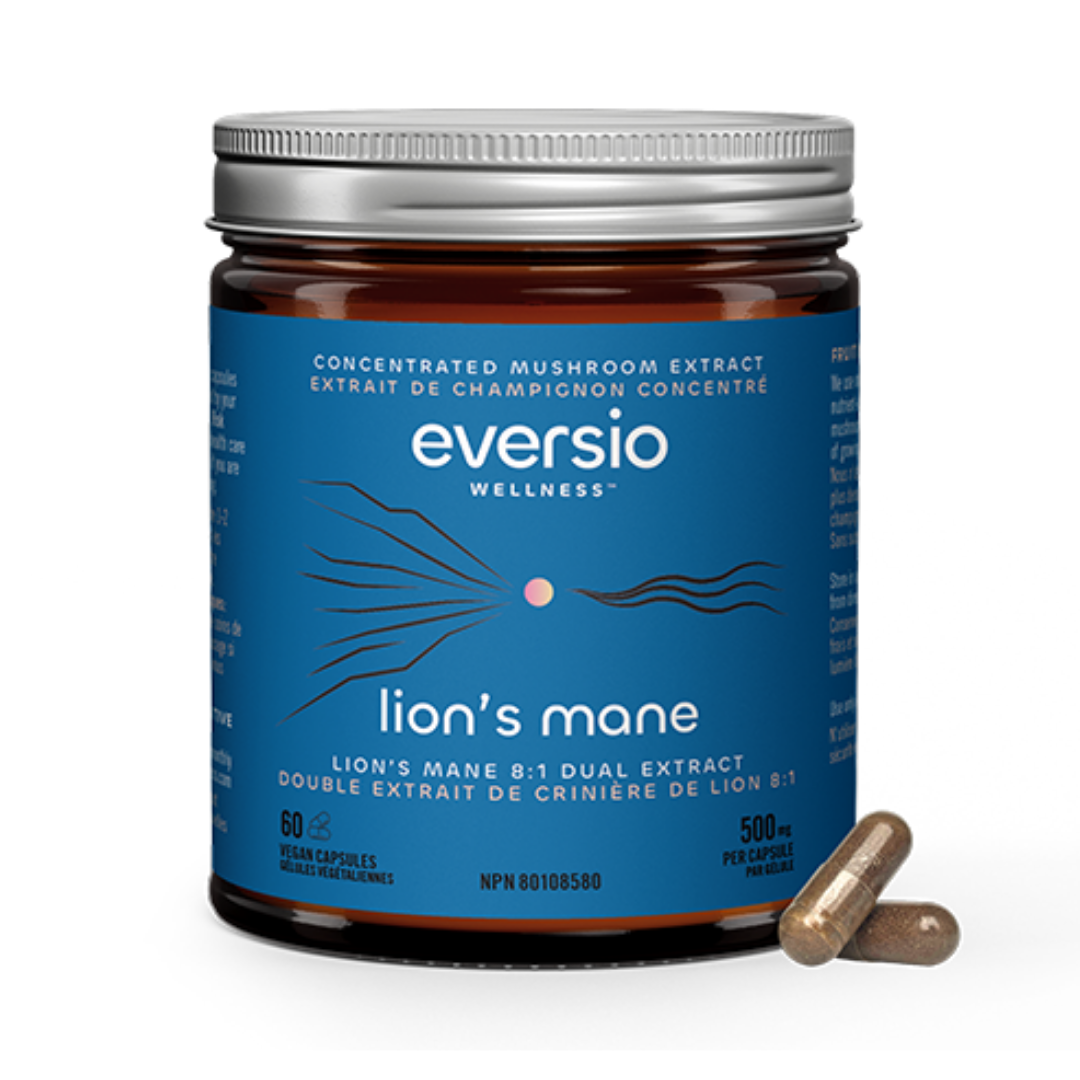
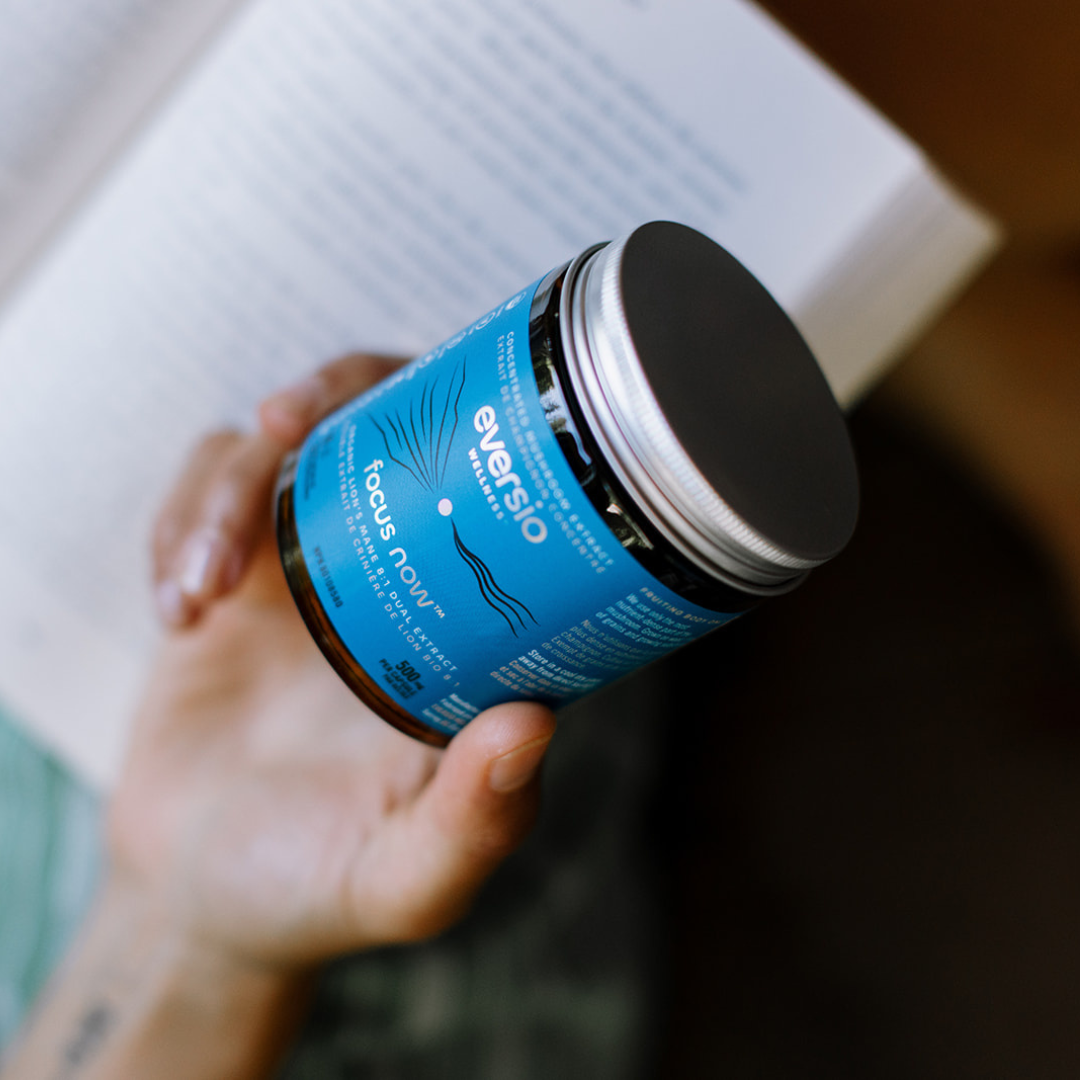
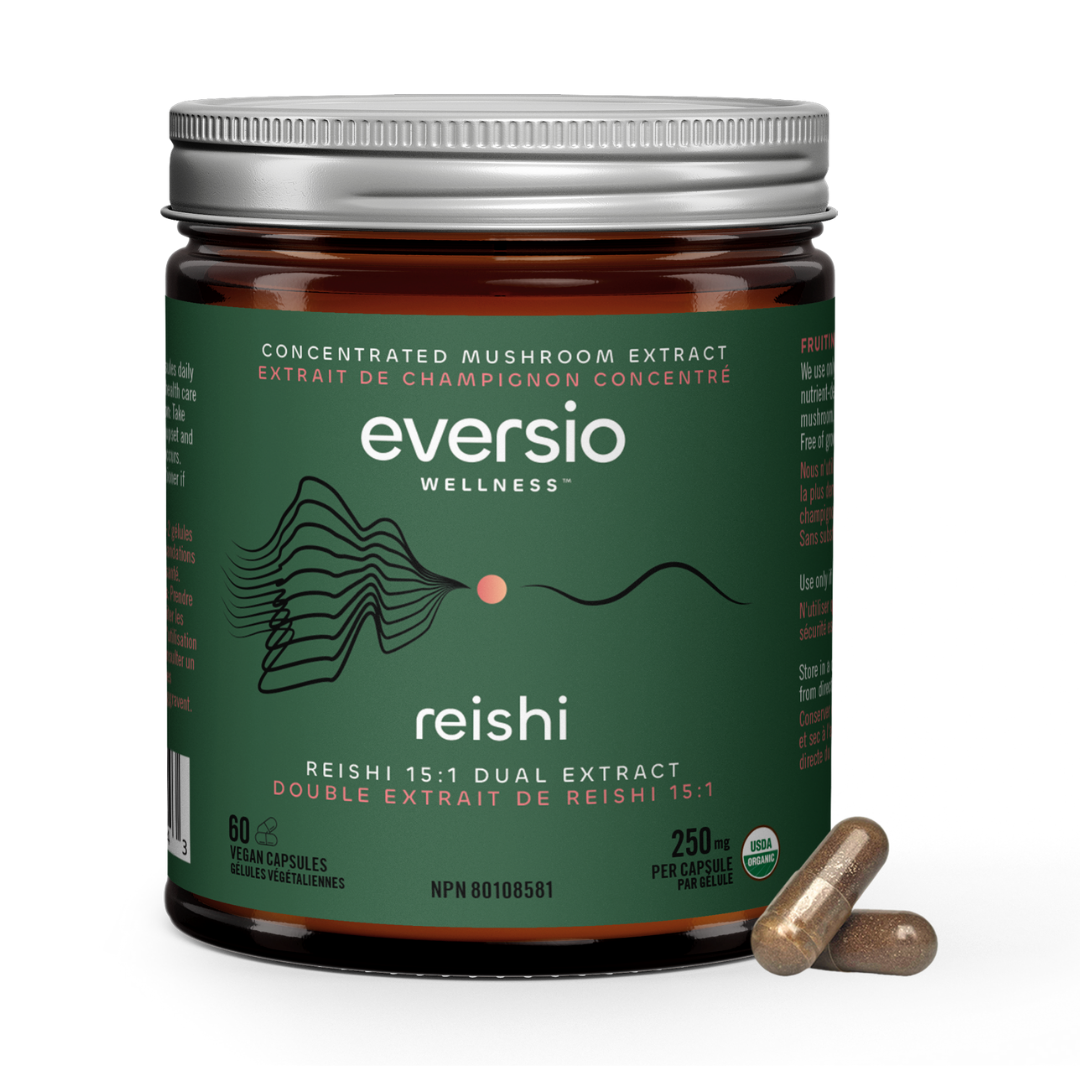
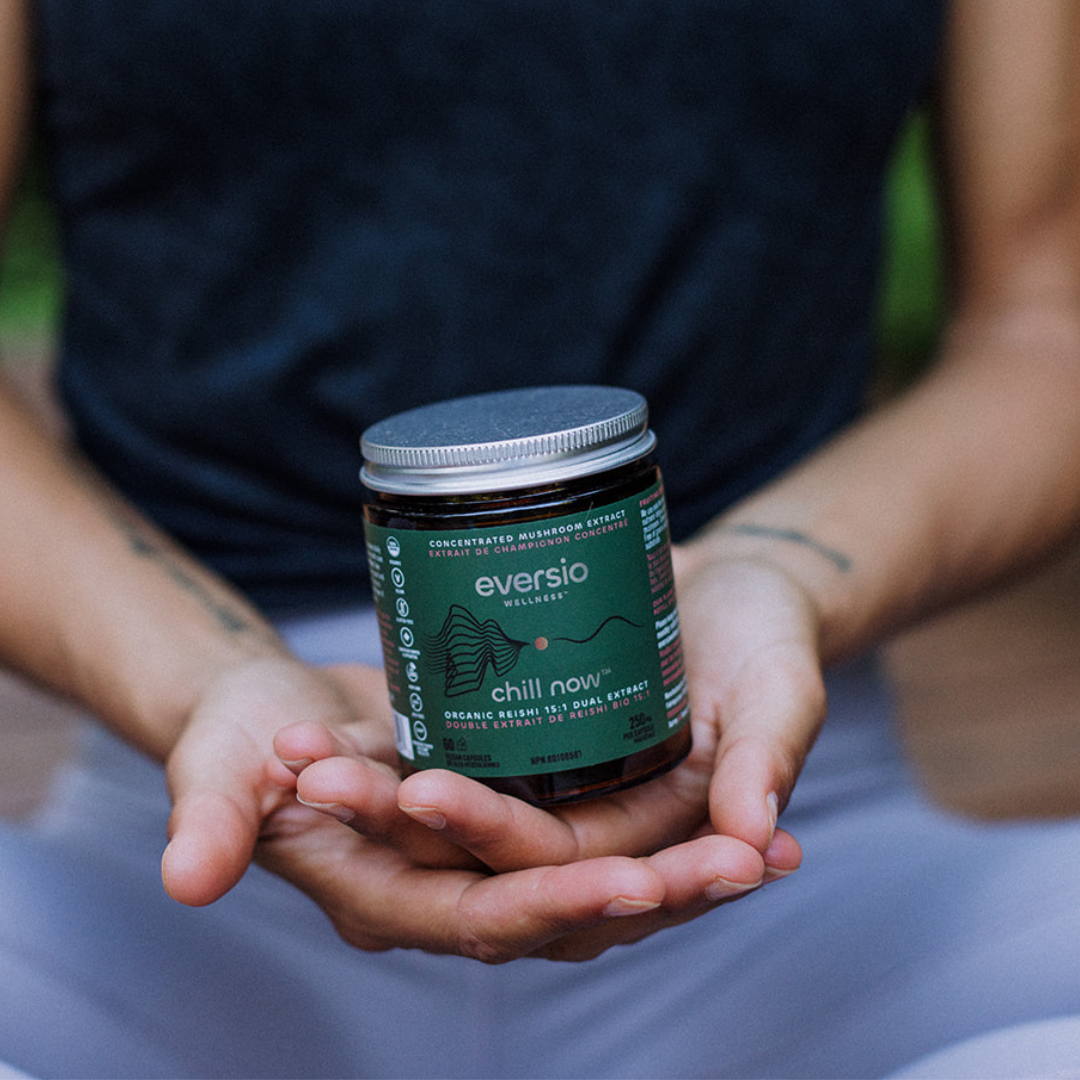
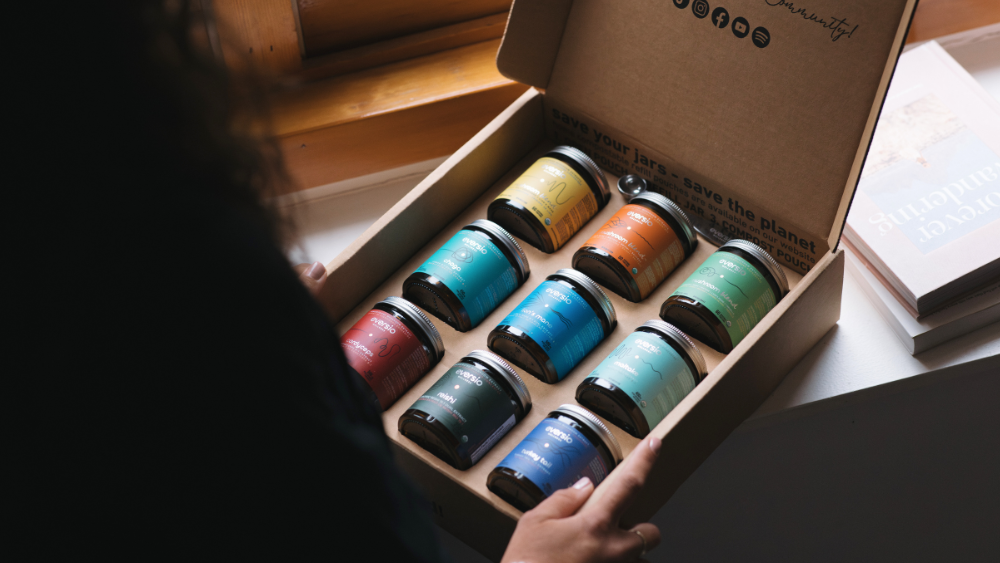




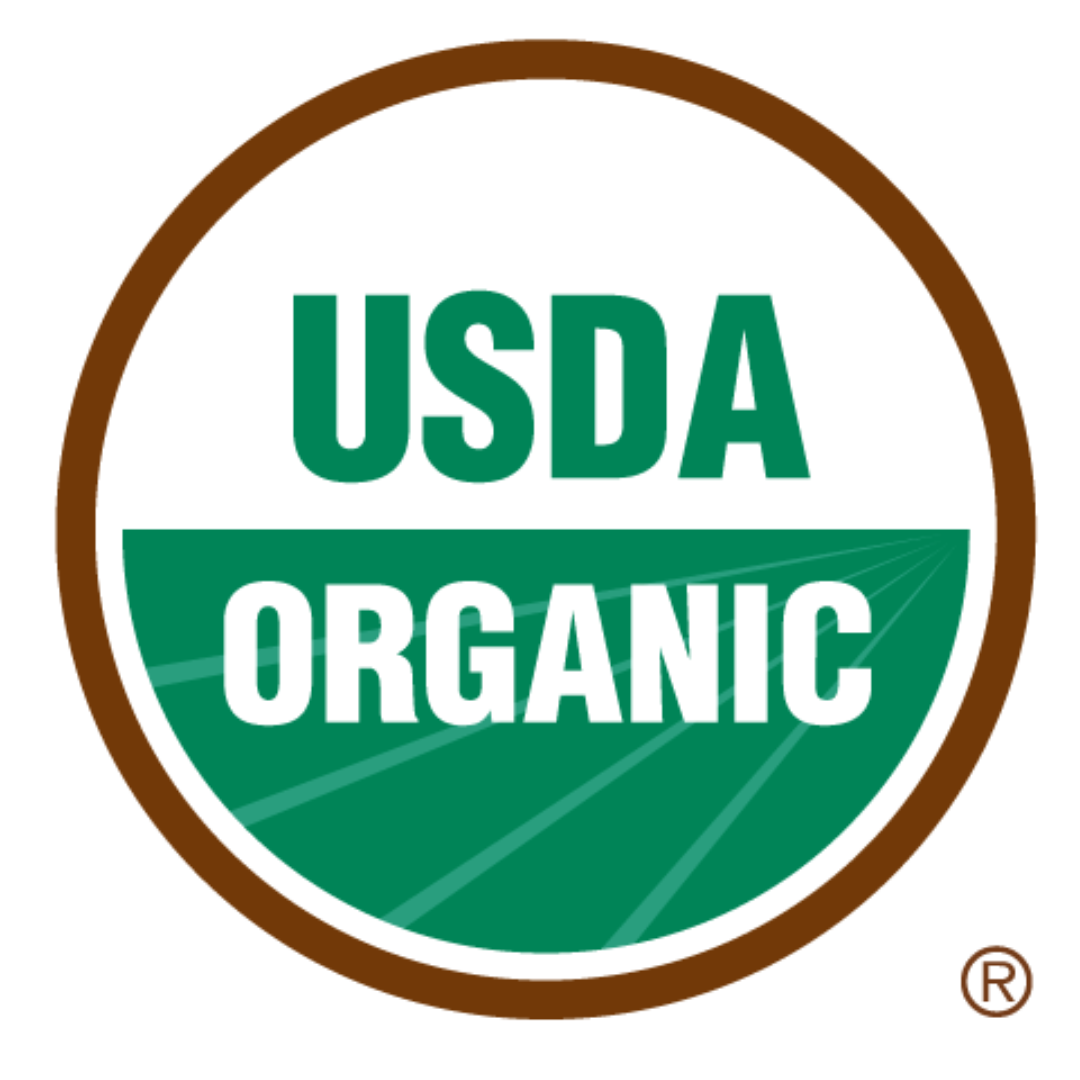


Leave a comment
All comments are moderated before being published.
This site is protected by hCaptcha and the hCaptcha Privacy Policy and Terms of Service apply.